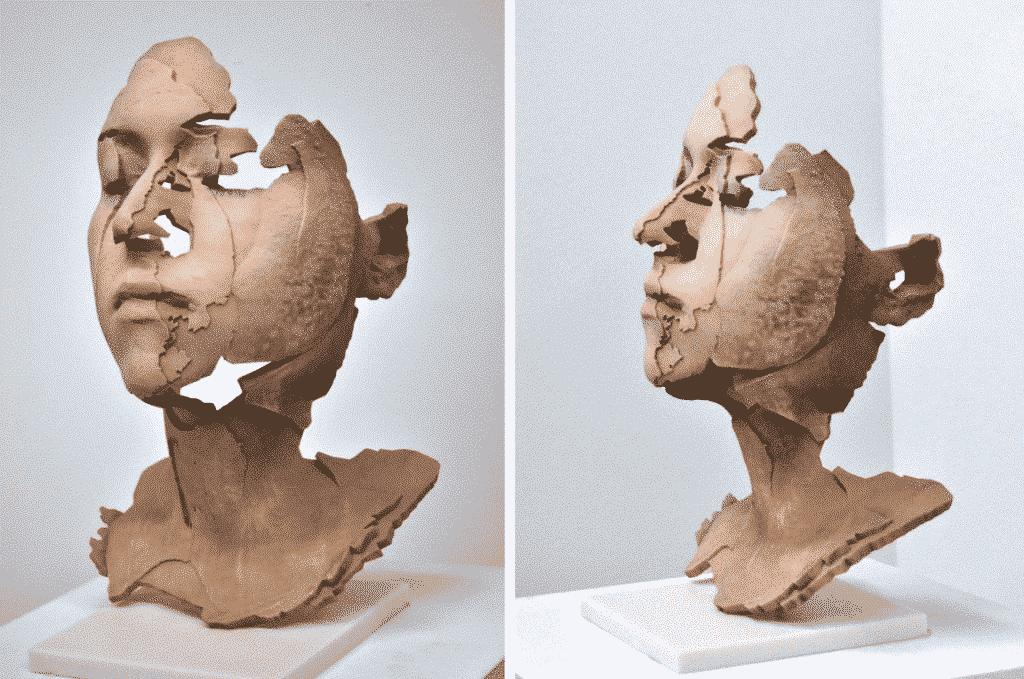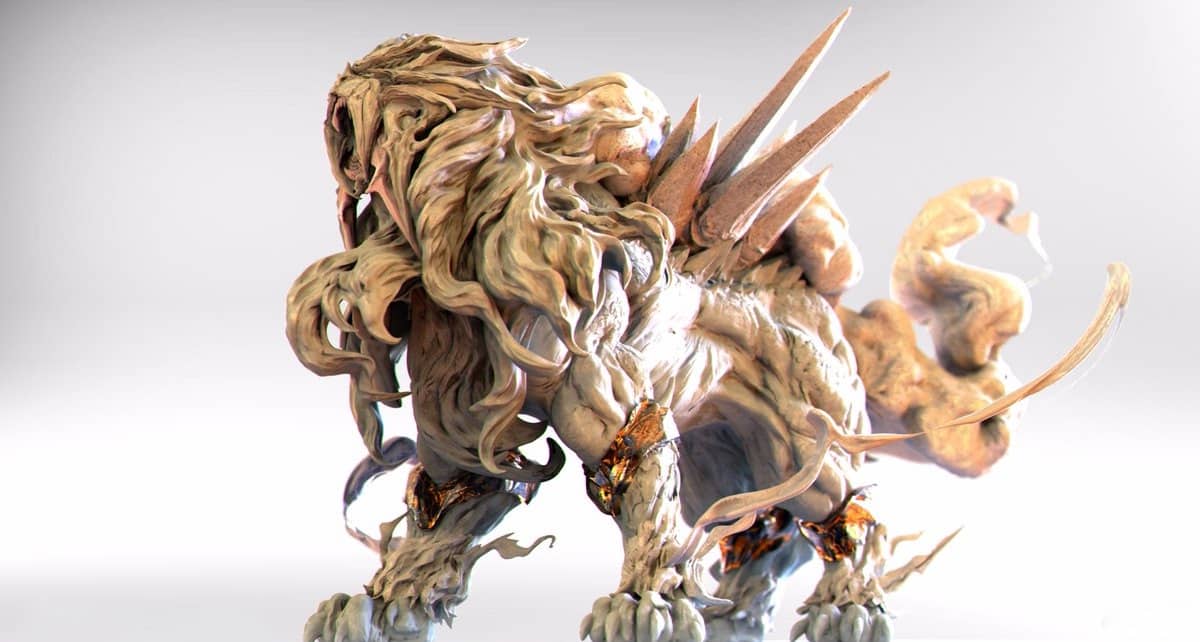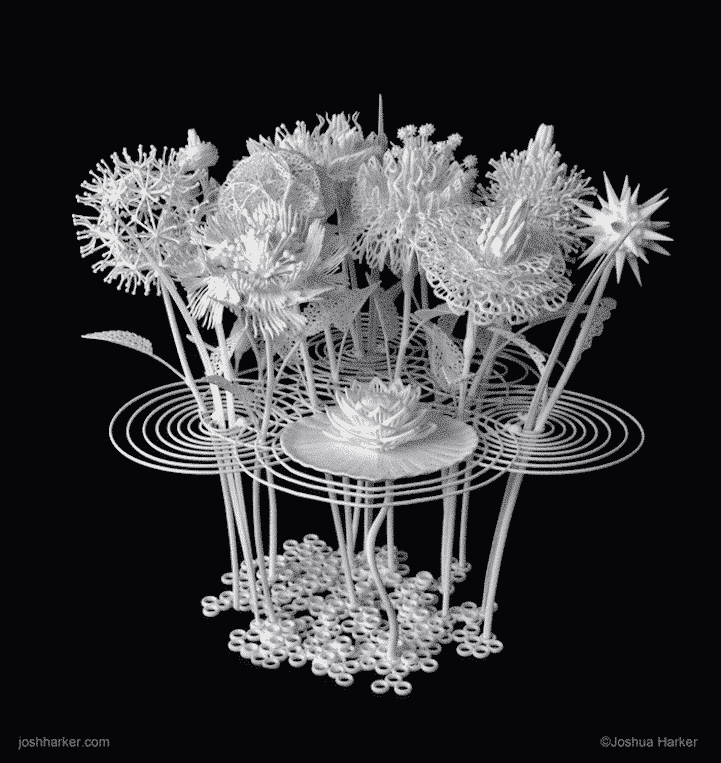Today, 3D printing technology is seen as a high-tech computer engraving technology. In the art world, 3D printing technology is not uncommon. Some even predict that 3D printing technology will replace traditional sculptural methods, which may eventually lead to the demise of sculpture art.
With the continuous development and application of 3D printing technology, is it still necessary to train traditional sculpture modeling skills and techniques?

The Process of Traditional Sculpting
In the creation of sculpture, a sculptor needs to observe objects in detail and envision the final product at first. Then use sculpture techniques to create small drafts. Generally, multiple different drafts are created to compare and choose. Finally, the sculptor gets down to creation and shaping is performed to enlarge the work to a required size.
This process is quite tedious and time-consuming. If 3D printing technology is introduced in the process of sculpture creation, the period can be greatly shrunk, and a lot of manpower and material resources can be saved.
How 3D Printing Plays A Role In The Sculpting Process
In the conception stage, you can use the rapid reproduction feature of 3D printing technology to obtain detailed modeling data, eliminating some of the sketching processes.
When making small drafts, you can 3D print different manuscripts for selection and deliberation.
Compared with traditional sculptures, the advantages of 3D printed sculptures are that they can obtain extremely complex and precise shapes, and can be scaled up and down at will, saving a lot of time for sculpture creation.

3D Printing As A Teaching Aid in Sculpting Learning
3D printing technology can also assist in copy training in sculpture creation.
Copying is indispensable in the study of sculpture art creation. The copying of classic sculptures helps to improve the grasp of shape and volume, so as to improve the insight and control of training hands. The classic sculpture artworks can be copied by 3D printing technology for students to observe, figure out and study at close distance, which can greatly improve the teaching effect.

3D Printing Update the Sculpture Materials
The application of 3D printing technology in the field of sculpture has also promoted the update of sculpture materials.
Traditional sculpture materials contain wood, metals, and clay. 3D printing introduces some new materials into sculpture, including Nylon, plastic, resin, etc. Different materials will bring different visual effects.
Sculpture materials are not only a vehicle for expressing emotions but also a medium for transmitting thoughts. Proper use of materials can enhance the expressiveness of the work, and what materials are used to create sculptures are very important.
The development of 3D printing technology and the continuous emergence of various new materials have provided more choices for sculptors.

Conclusion
To a certain extent, the development of art is inseparable from technological progress, and technological progress has also promoted the development of art. Art should not exclude the application of new technologies. Instead, it must pay attention to and adopt new technologies. From the characteristics of art itself and the relationship between art and technology, technology can never replace art.